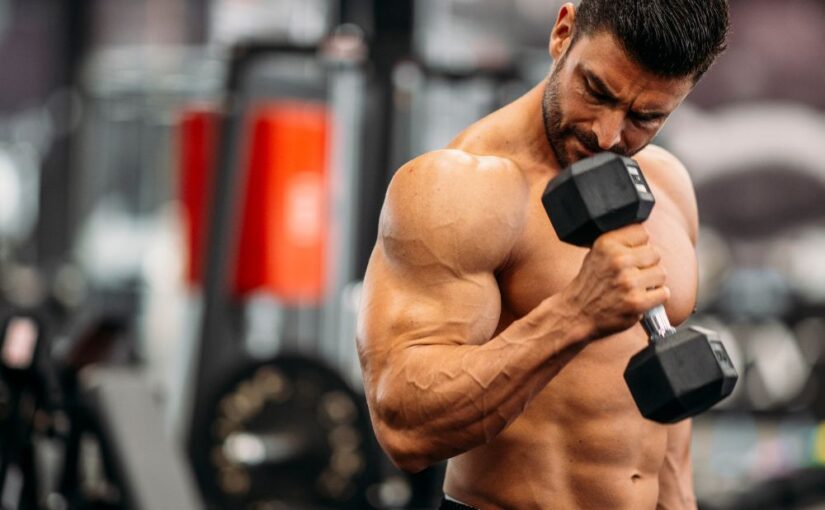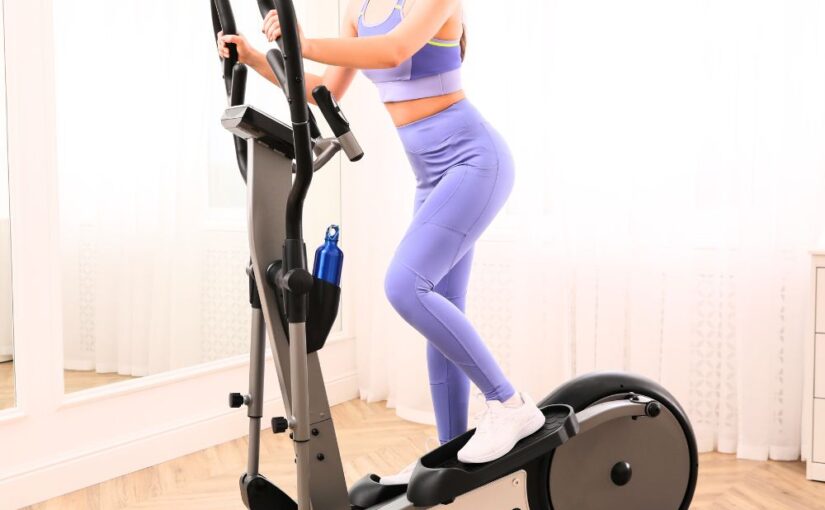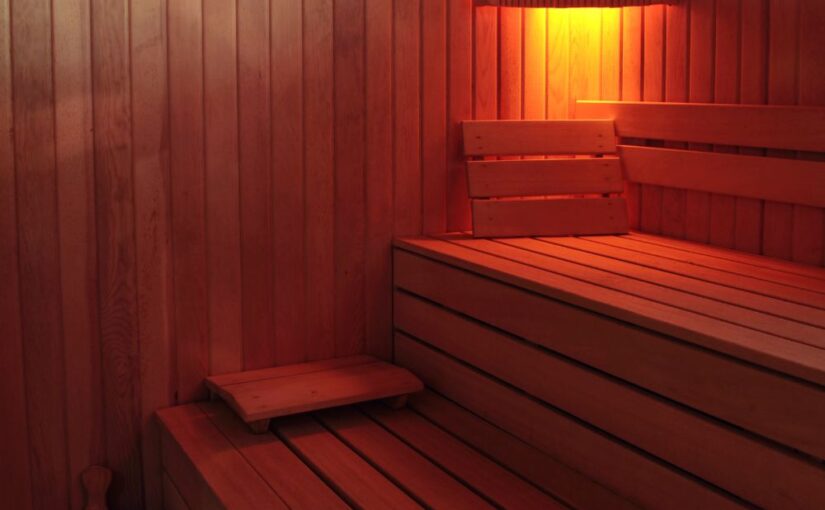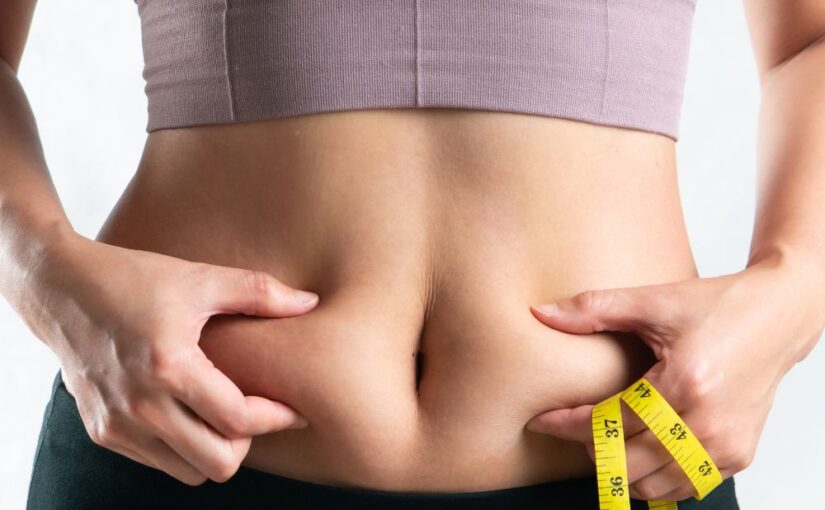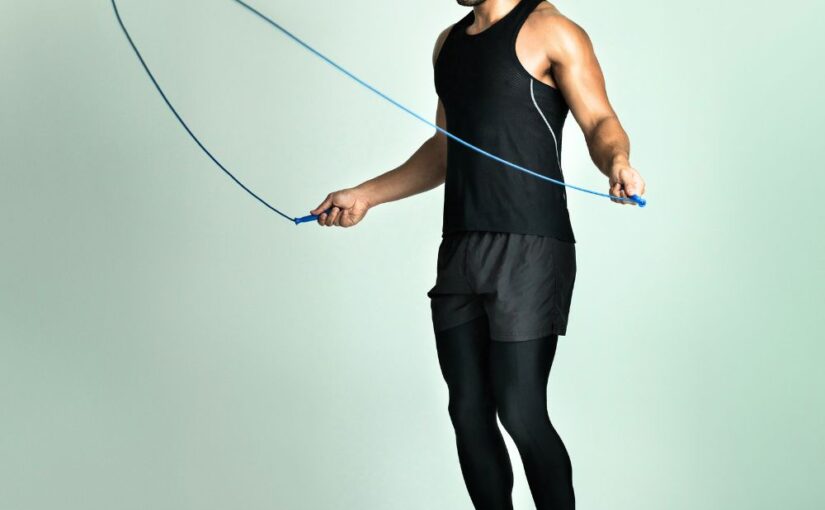Fasted workouts, especially in the early morning, have grown in popularity among fitness enthusiasts. But many people still wonder: is fasted weight training good for achieving both fat loss and muscle gain? While the idea of lifting weights on an empty stomach might seem counterintuitive, some believe it offers metabolic and hormonal advantages. Let’s break down the science, pros, and potential drawbacks of this training approach.
What Is Fasted Weight Training?
This type of weight training refers to performing exercise sessions without consuming food for 8–12 hours beforehand, typically after an overnight fast. This is often part of intermittent fasting protocols, where individuals train before their first meal of the day.
The Science Behind Fasted Training
Supporters argue that fasted training can increase fat oxidation, helping the body rely more on stored fat for energy. This leads many to ask: is fasted weight training good for maximizing fat-burning potential?
Research shows that fasted cardio may slightly increase fat utilization during exercise, but the benefits for resistance training are less clear. When it comes to building muscle, the body typically needs sufficient fuel — especially carbohydrates and protein — to support performance and recovery.
However, fasted training may improve insulin sensitivity and help some individuals stay consistent with their workouts and eating windows.
Pros of Fasted Weight Training
- Increased Fat Utilization: Some studies suggest your body may burn more fat during a fasted session, particularly if glycogen stores are low.
- Convenience: Working out first thing in the morning without eating can simplify routines.
- Improved Insulin Sensitivity: Training in a fasted state may enhance your body’s ability to handle carbohydrates later in the day.
Cons of Fasted Weight Training
- Reduced Performance: Lifting weights without fuel can lead to decreased strength and endurance.
- Muscle Loss Risk: Without proper post-workout nutrition, fasted training might not optimally support muscle protein synthesis.
- Not Ideal for Everyone: Some individuals may feel lightheaded or fatigued during fasted sessions, especially with heavy lifting.
Fasted vs. Fed Weight Training: Benefits & Drawbacks
| Factor | Fasted Training | Fed Training |
|---|
| Energy Levels | May feel lower due to lack of food | Typically higher due to pre-workout nutrition |
| Fat Burn Potential | Slightly increased fat oxidation | Normal fat oxidation, depending on intensity and duration |
| Muscle Gain Support | Possibly reduced if not followed by adequate nutrition | Better support for muscle growth and recovery |
| Hormonal Response | May improve insulin sensitivity | Stable depending on diet and timing |
| Performance | Often slightly lower | Often higher |
| Convenience | High (no meal prep) | Requires time for digestion |
Strategies to Maximize Results
If you’re considering fasted lifting, here are some tips:
- Hydrate well before training.
- Use essential amino acids (EAAs) or BCAAs before or during the workout to reduce muscle breakdown.
- Prioritize a protein-rich meal post-workout to promote recovery and muscle repair.
So, Is Fasted Weight Training Good for Fat Loss and Muscle Gain?
Ultimately, the answer depends on your goals, body, and preferences. Is fasted weight training good for fat loss? Possibly, especially if it helps you stay consistent with your routine and manage your calorie intake. But for muscle gain, training in a fed state might offer better performance and recovery benefits.
Conclusion
So, is fasted weight training good for achieving both fat loss and muscle gain? It can be, but it is not a cure-all. While it may slightly enhance fat burning, the key to body composition changes still lies in total nutrition, training intensity, and recovery. Try both approaches and see what helps you feel and perform your best.
Frequently Asked Questions (FAQ)
Fasted training may slightly increase fat oxidation during workouts, but total calorie intake and consistency matter more for long-term fat loss.
Yes, but it may be harder. Training fasted can reduce performance and recovery, so muscle gain is often better supported when training fed or with intra-workout nutrition.
Most people fast for 8–12 hours before fasted training, typically overnight. Anything longer could impact energy levels and performance.
A balanced post-workout meal with protein (20–40g) and complex carbs helps stimulate muscle repair and recovery after fasted sessions.
Those with blood sugar sensitivities, performance-focused athletes, or anyone who feels lightheaded without food may do better with fed workouts.
Recommended Home Gym Essentials
For those training at home—whether fasted or fed—having accessible, space-efficient equipment can make a meaningful impact on consistency and results.
Adjustable Dumbbells
Save space and scale your workouts.
Barbell Set
Ideal for compound lifts and progressive overload.
Adjustable Weight Bench
Enables flat, incline, and decline presses in one compact setup.
Treadmills
Great for low- to high-intensity cardio at home.
Airbikes (Fan Bikes)
Excellent for high-intensity interval training (HIIT).
Affiliate Disclaimer
The links above are affiliate links. This means we may earn a small commission if you choose to make a purchase—at no extra cost to you

